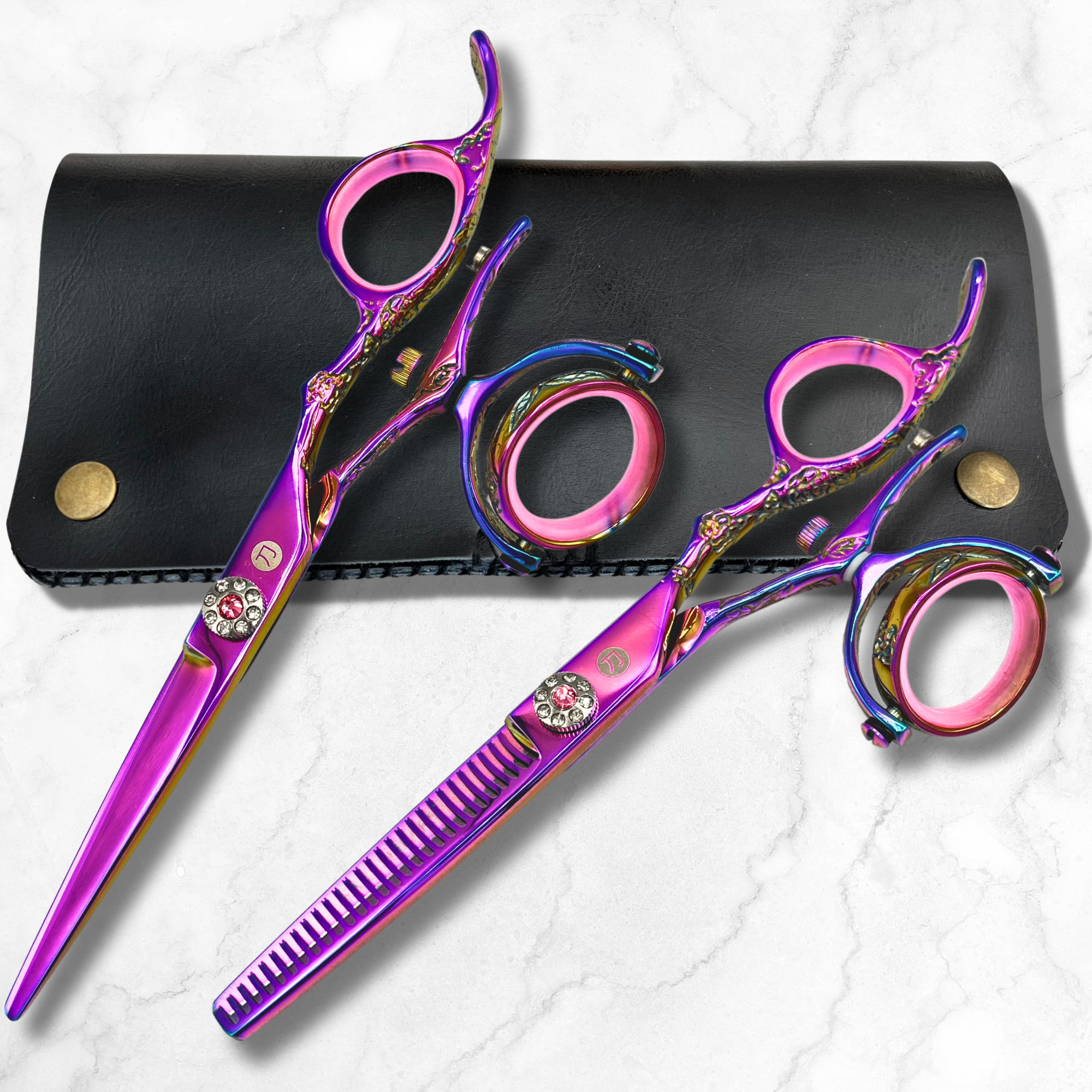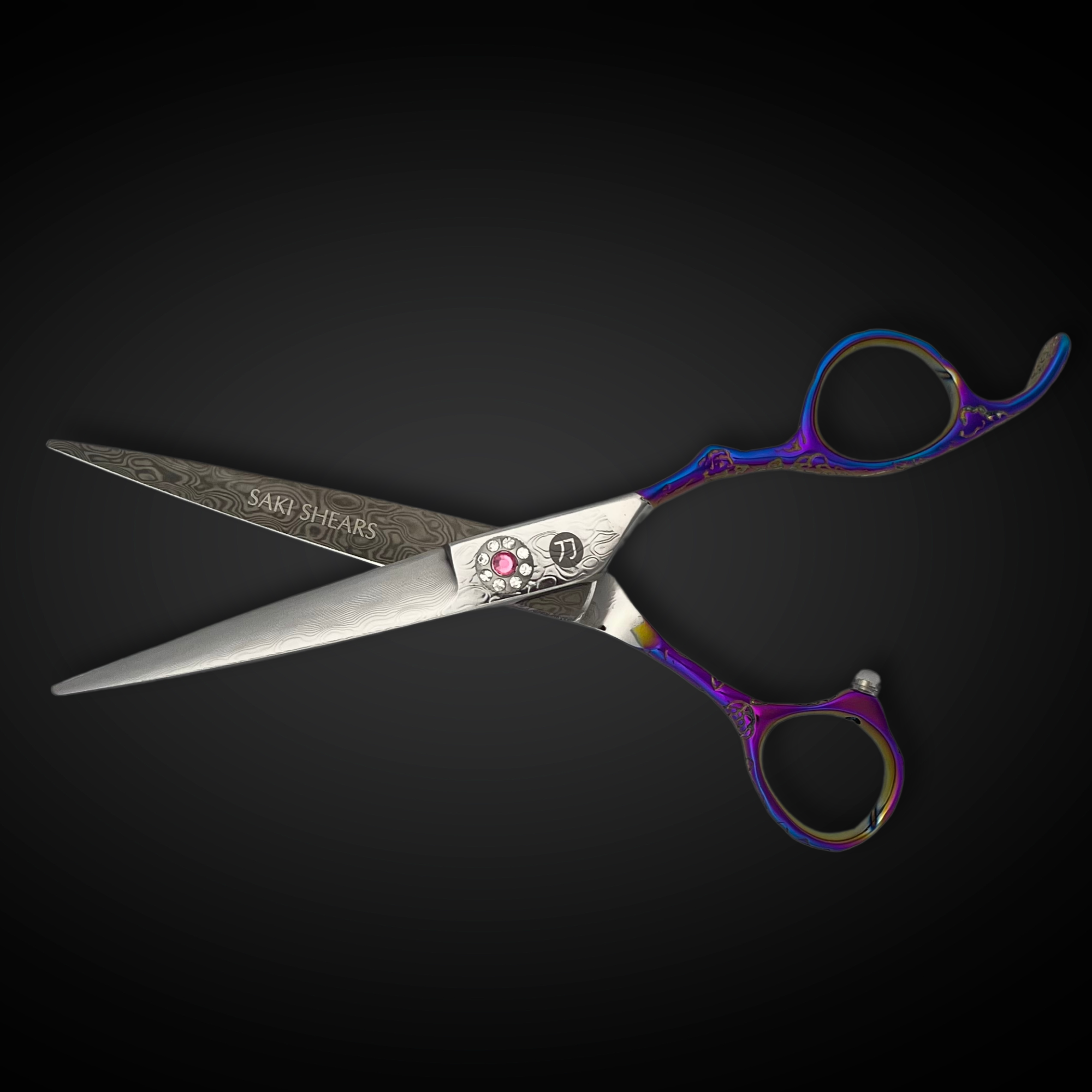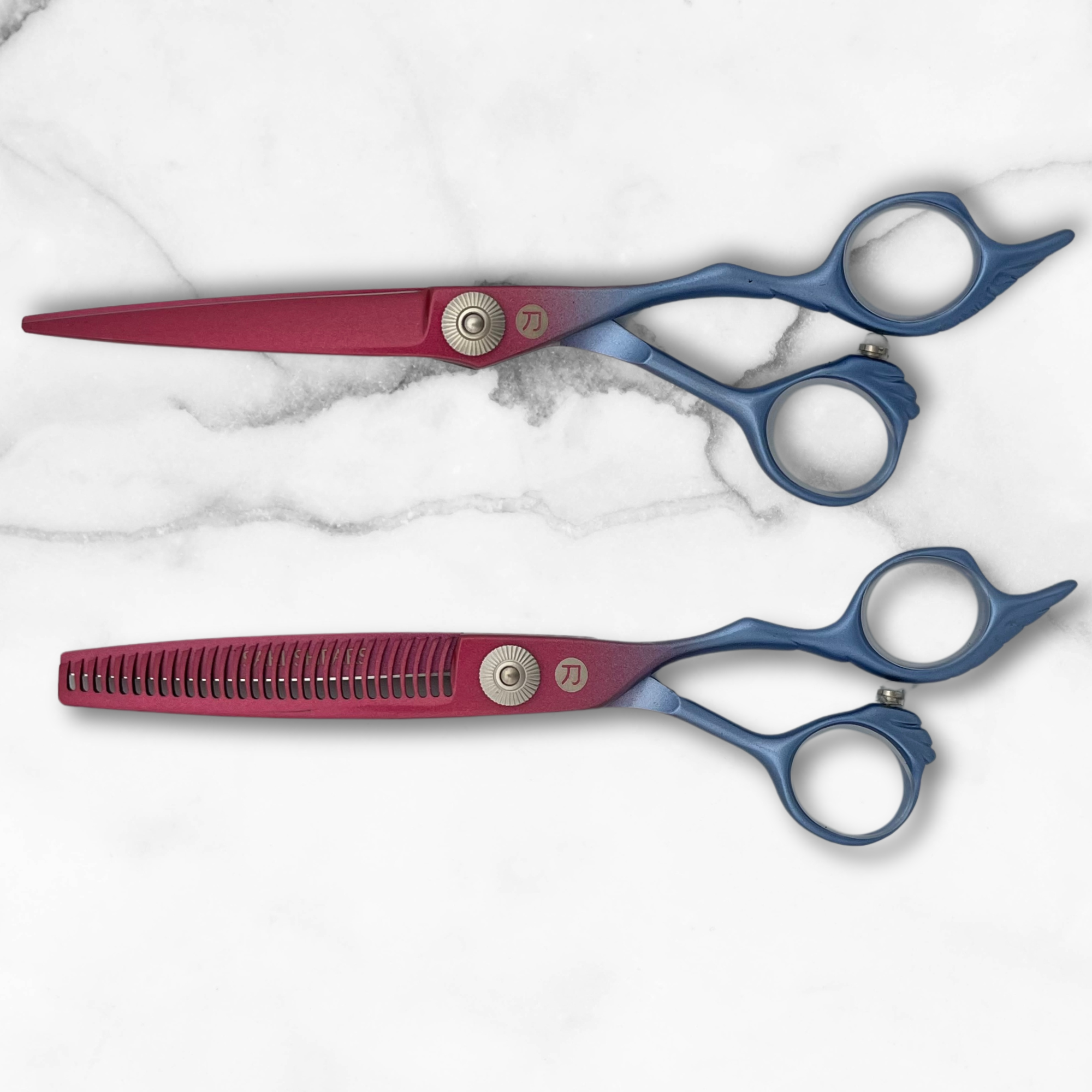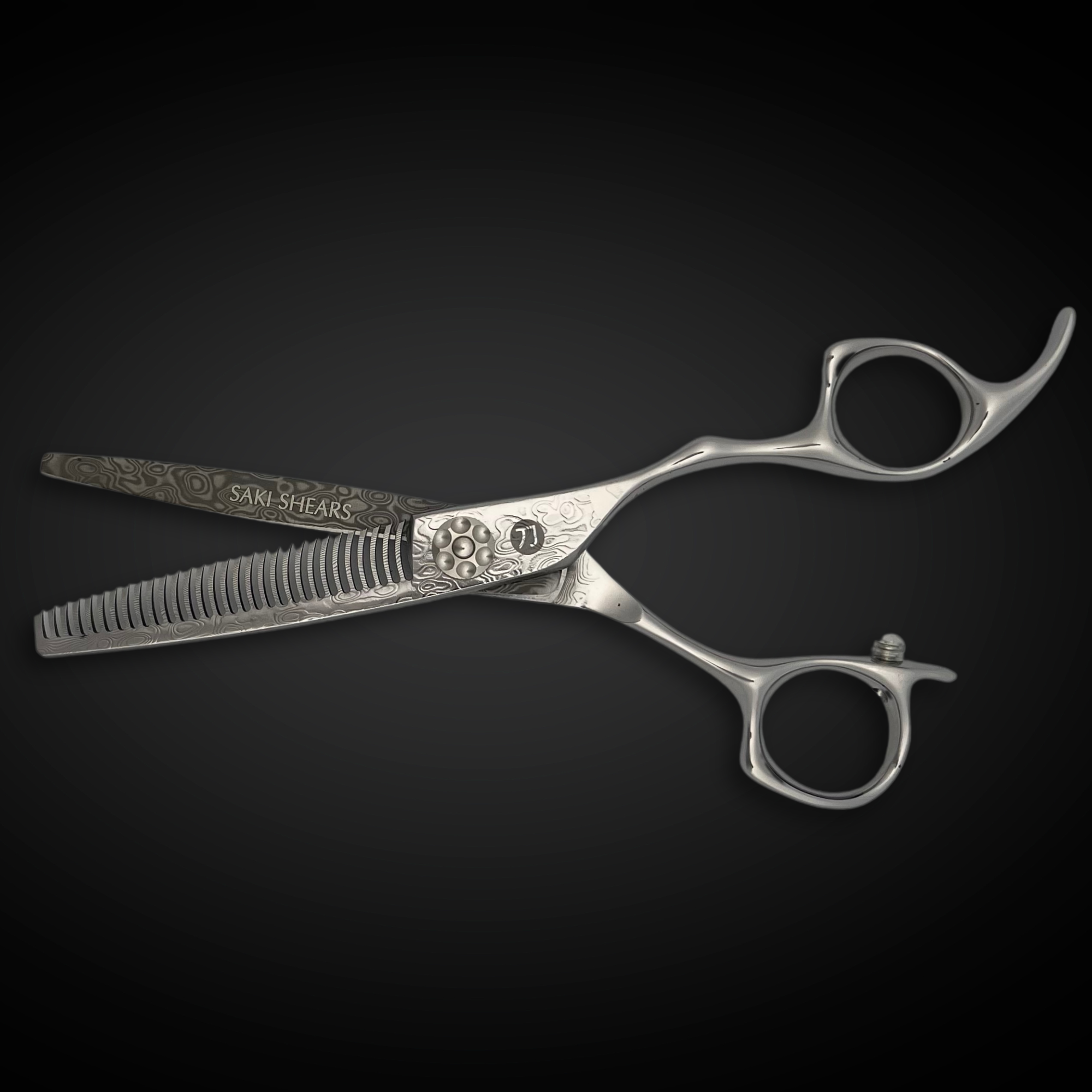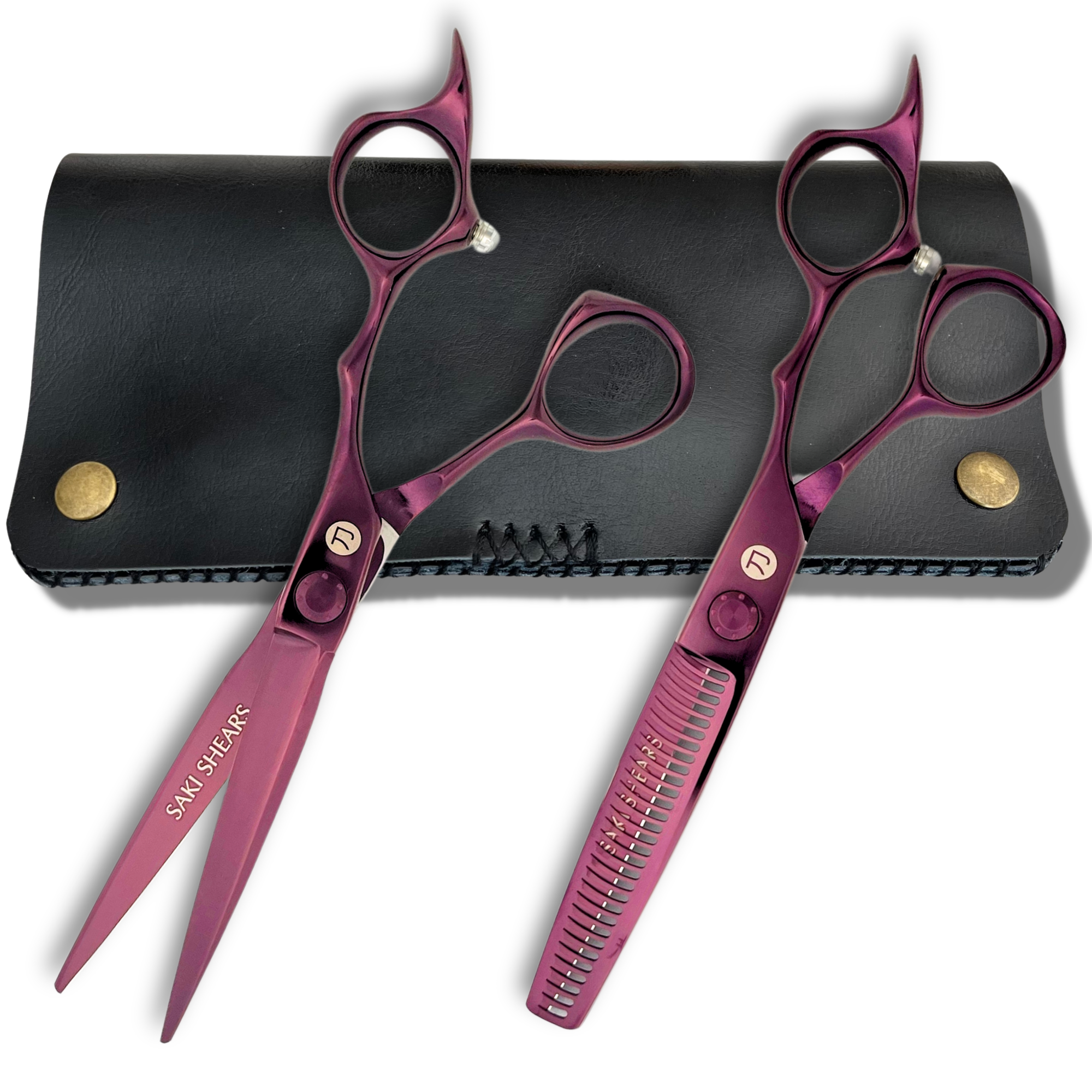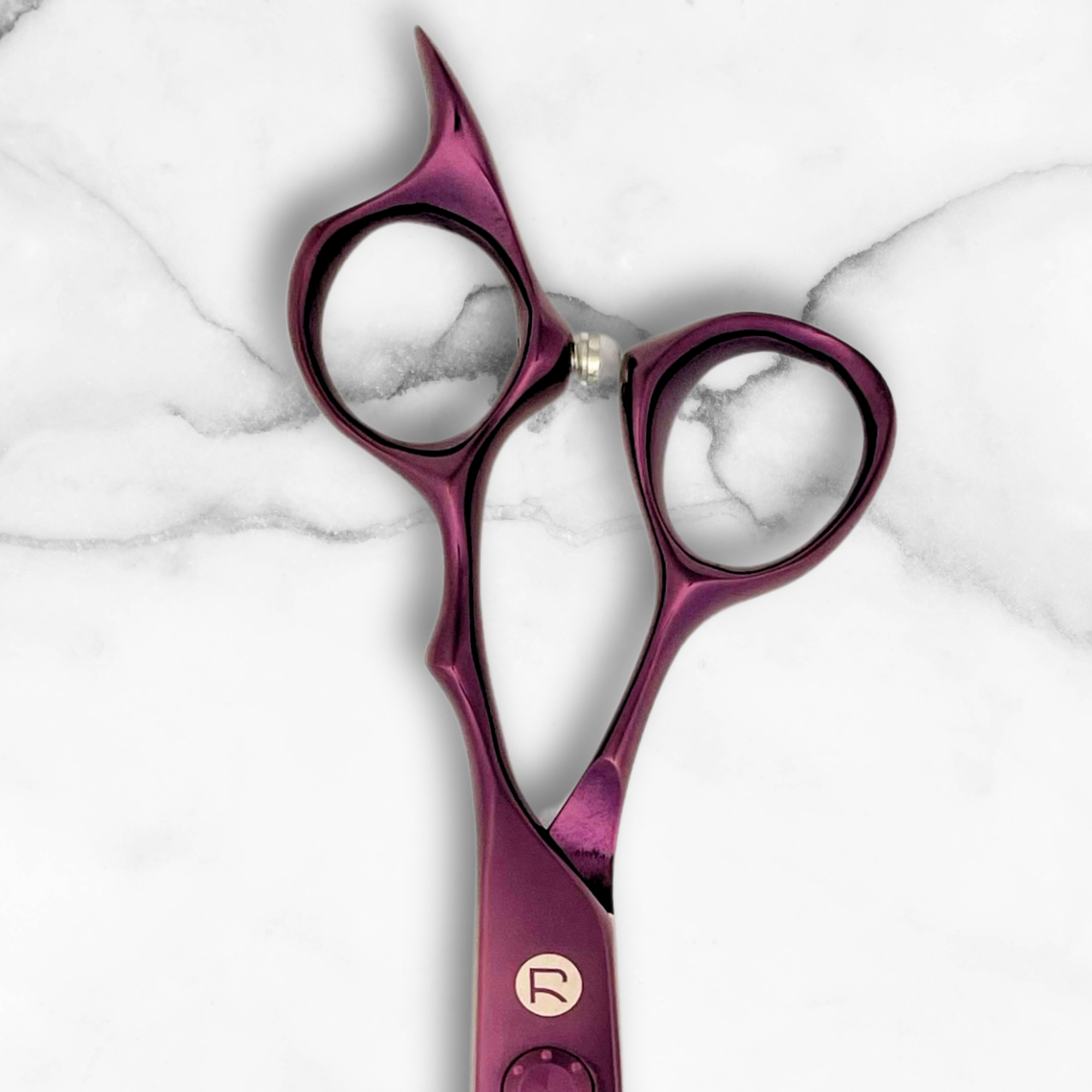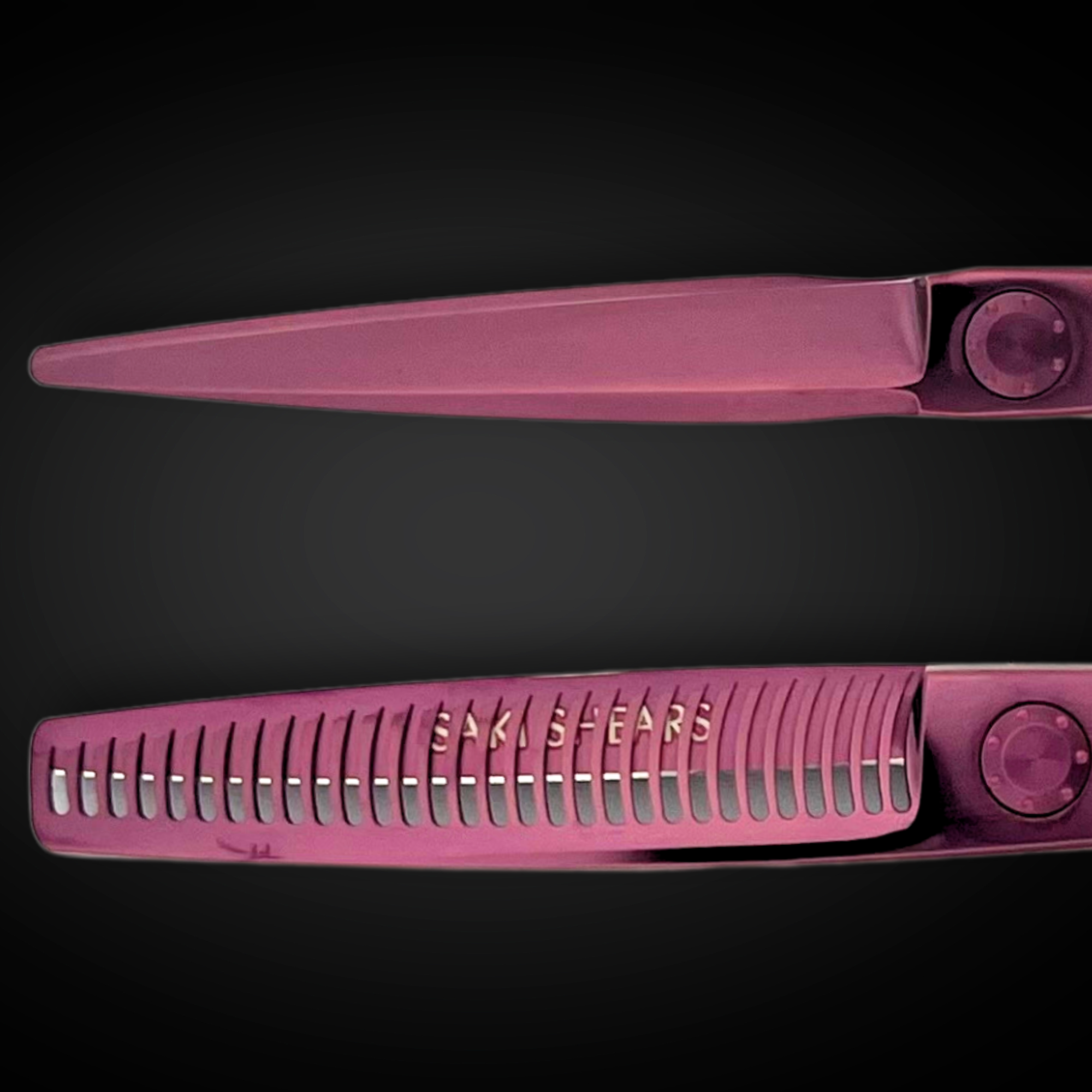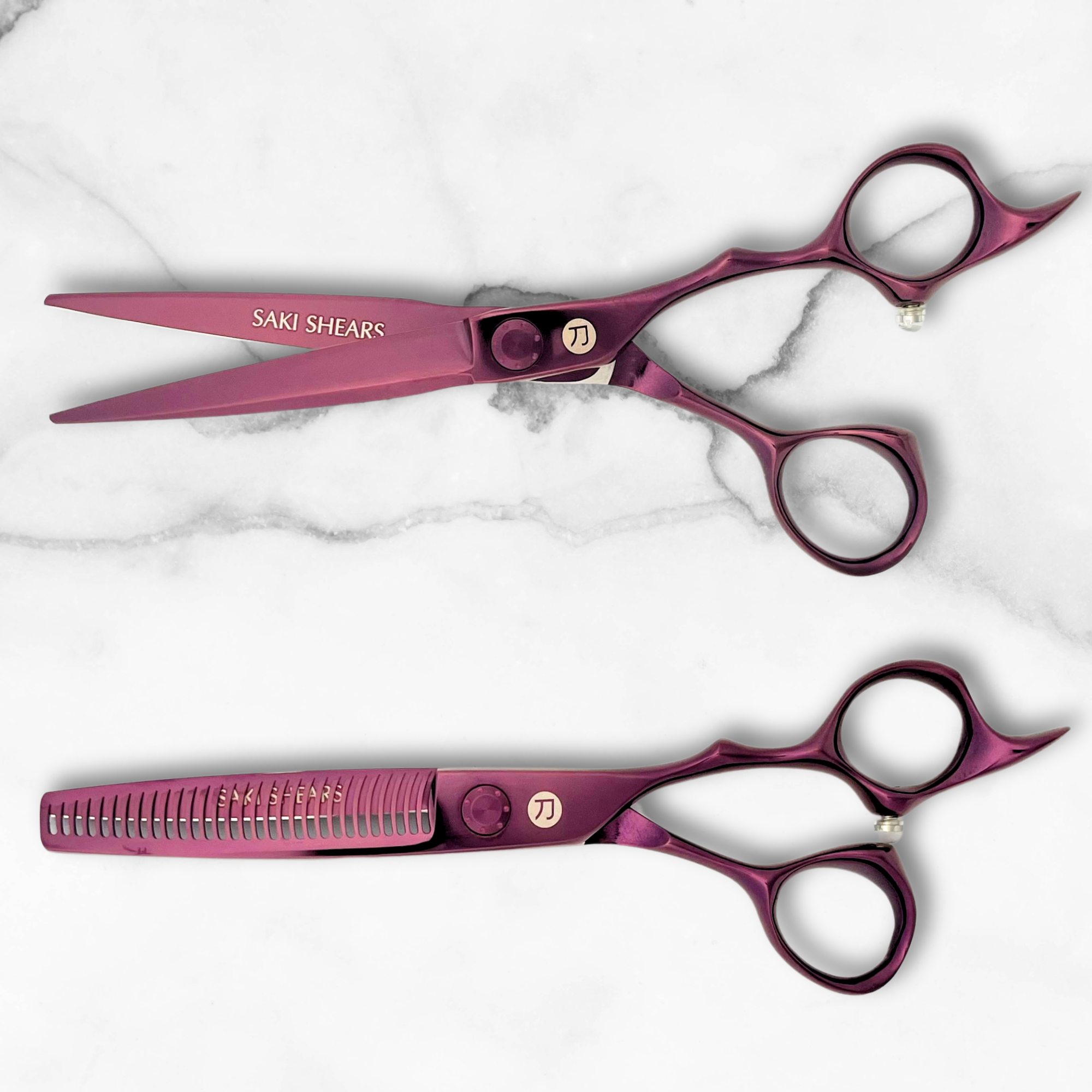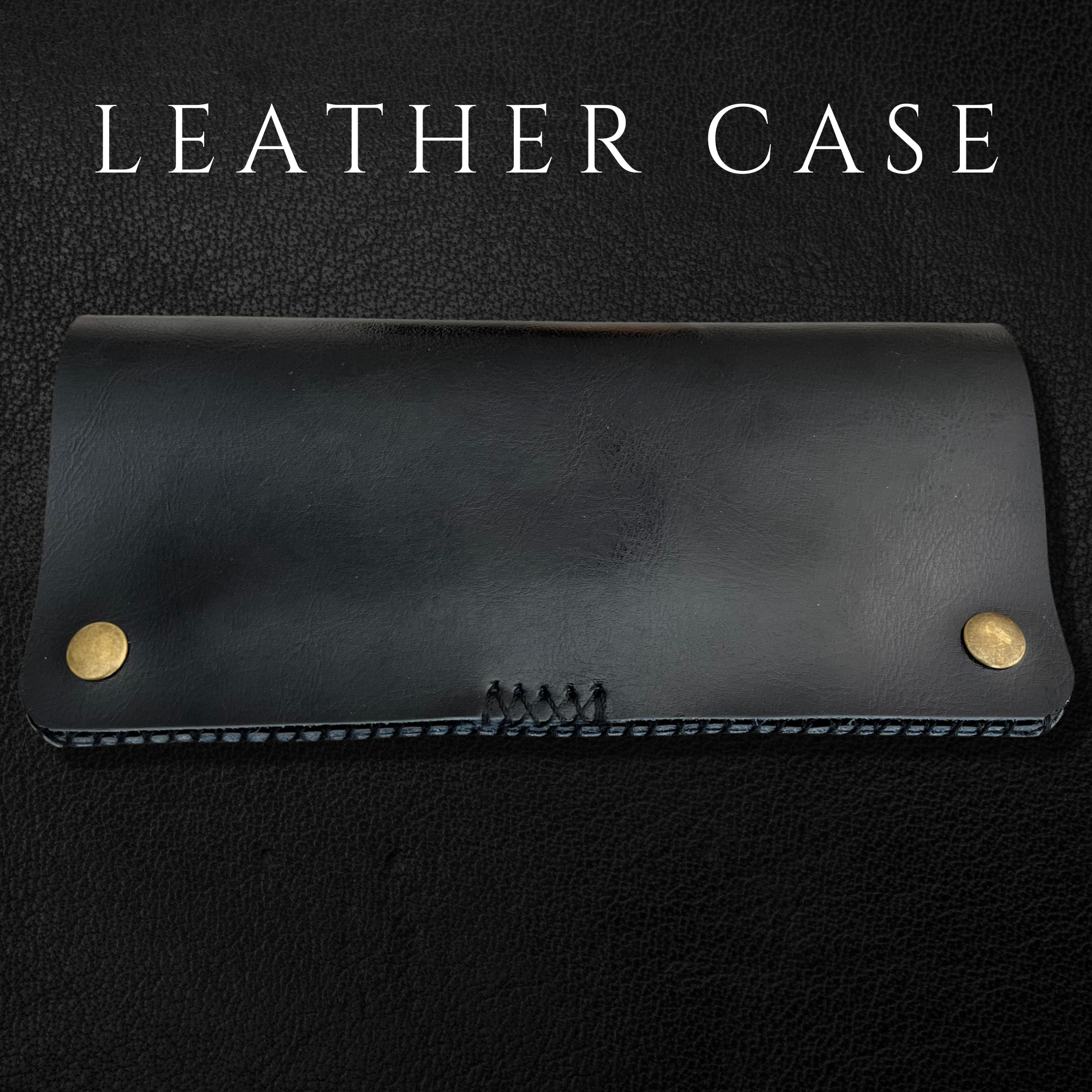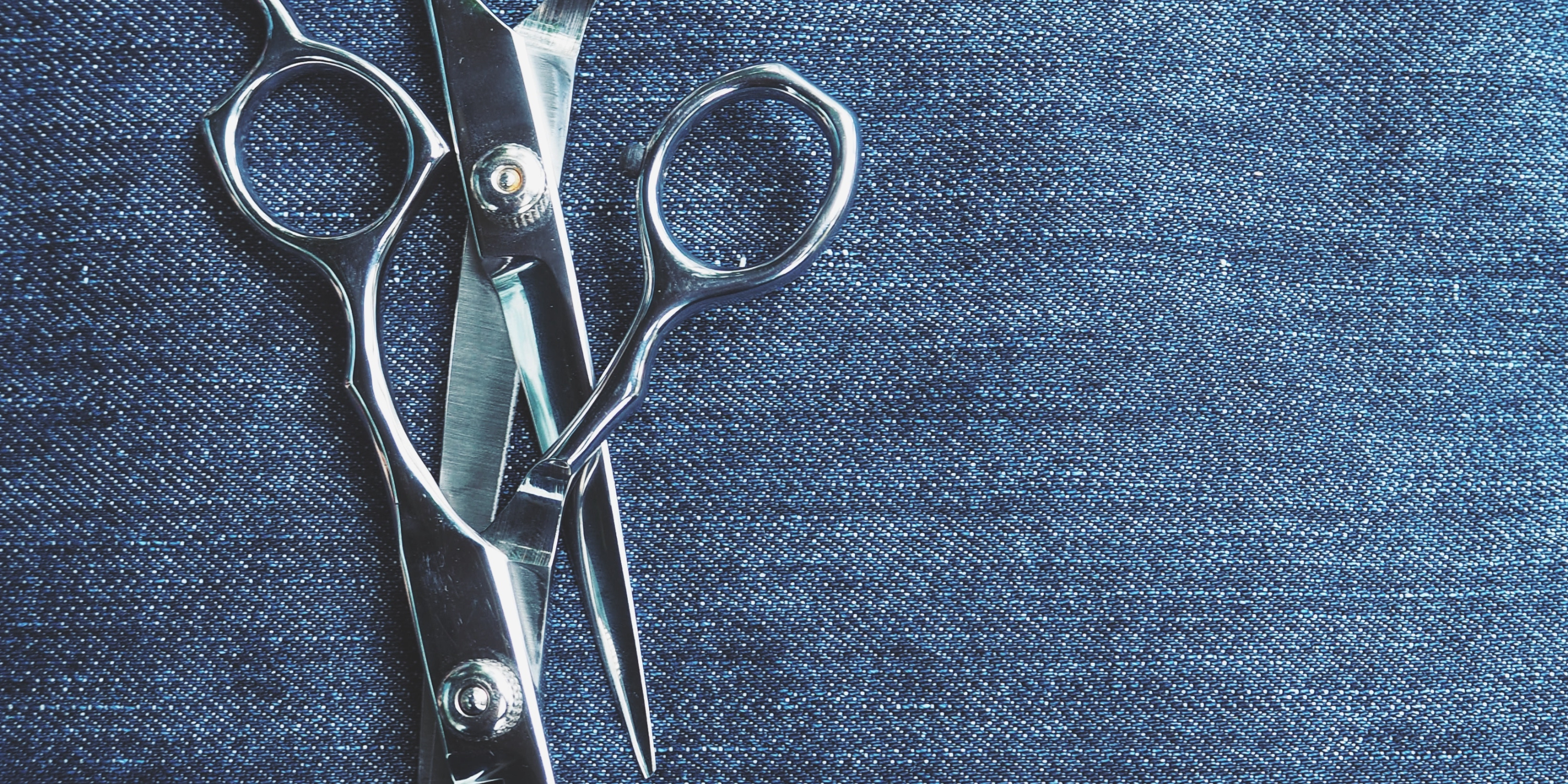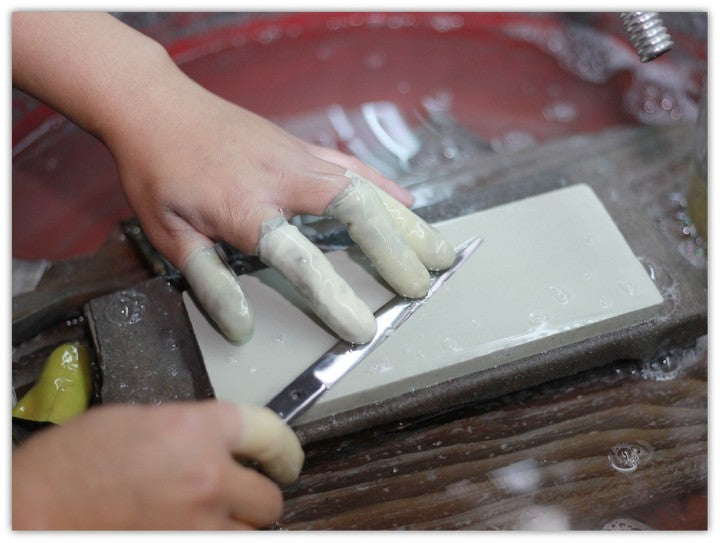The Art and Science of Hair Shears Production: A Deep Dive into the Manufacturing Process
Hair shears are an indispensable tool in the world of hairdressing, much like a painter's brush or a musician's instrument. They are a hairdresser's main ally, allowing them to transform hairstyles, and consequently, personalities.
However, not all hair shears are created equal. The quality varies widely, depending on various factors, including the manufacturing process, materials used, and the level of expertise involved. This article seeks to explore the intricacies of the design and manufacturing process of hair shears, illuminating the art and science behind this essential tool.
The Design and Manufacturing Process of Hair Shears
The journey of a hair shear from a raw piece of metal to a precision tool involves several meticulous steps. The quality of the shears depends heavily on how each of these steps is executed.
Selecting the raw materials is the foundation of making good hair shears. Typically, higher-end shears are made of stainless steel, often with the addition of cobalt or molybdenum for increased durability. The material chosen impacts the hardness, durability, and sharpness of the shears.
After the material selection, the designing stage commences. The design process is both an art and a science, balancing aesthetics with functionality. Precision and ergonomics are considered, along with other features like the size, shape, and weight that will ensure the shears are comfortable to use and deliver a precise cut.
Forging or stamping forms the basic shape of the shears. Forging, usually reserved for higher-end shears, involves heating and hammering the metal into shape, which tends to result in stronger, more durable tools. Stamping, on the other hand, involves cutting the shape from a flat sheet of metal.
Once the basic shape is achieved, the metal is heat-treated. This critical step hardens the metal, enhancing its strength and ability to hold an edge. Careful control of temperature and cooling is crucial to avoid making the shears too brittle or too soft.
The grinding and shaping stage then gives the shears their final form. This process also prepares the blades for sharpening, with attention paid to the hollow grind – a concave shape on the blade that reduces the contact area with the hair for smoother, easier cutting.
Sharpening the blades is a precise art, with the edge angle critical to the performance of the shears. Too acute an angle and the shears will cut exceptionally well but dull quickly; too obtuse and the shears will be durable but may not provide a clean cut.
The assembly and adjustment stage involves fitting the blades together with a tension screw. The screw's tension must be accurately adjusted – too loose, and the blades may fold the hair rather than cut; too tight, and the shears will be hard to open and close, causing user fatigue.
Finally, the finishing and inspection stage involves polishing the shears and checking for defects. This last step ensures that the shears not only look good but perform to the high standards expected of professional tools.
Fully Automated/Machine Manufacturing Process
Machine manufacturing of hair shears has revolutionized the industry, offering a way to produce a high volume of shears in less time. This process has democratized access to hair shears, making them more affordable for a wider audience.
A fully automated process involves the use of advanced machinery for each stage of production. These machines are often programmed with precise specifications, ensuring uniformity and consistency in the products. The process is streamlined, efficient, and less reliant on skilled labor, making it more cost-effective.
However, machine manufacturing does have its drawbacks. While the process ensures consistency, it can sometimes lack the attention to detail a skilled craftsman can provide. For instance, a machine may not be as adept at making subtle adjustments during the sharpening process, potentially resulting in shears that are less sharp or that dull more quickly.
Machine-made hair shears can also have a lower perceived value due to the mass-production aspect. They may not be seen as unique or as high-quality as handmade shears, even if the materials used are the same. While machine-made shears can certainly be of good quality, they may not offer the same level of performance or longevity as their handmade counterparts.
Handmade Techniques in Hair Shear Production
Handmade hair shears are often seen as the epitome of quality in the industry. They are typically made by skilled craftsmen, who bring years, if not decades, of experience to their work.
The process of making hair shears by hand is labor-intensive, time-consuming, and requires a high degree of skill and expertise. Each step, from forging the metal to sharpening the blades, is done manually. This allows the craftsman to make subtle adjustments based on their intuition and experience, something a machine can't replicate.
However, handmade techniques do have some downsides. For one, they are slower and more expensive than machine processes. This means that handmade shears are typically more costly, making them less accessible for some. Furthermore, because the process is manual, there can be slight variations between shears, which could affect consistency.
Despite these drawbacks, the quality of handmade hair shears is often superior to that of machine-made. Handmade shears are typically sharper, more durable, and offer a better cutting experience. They are often considered a worthwhile investment by professionals who value the performance and feel of their tools.

Comparison between Machine-Made and Handmade Hair Shears
When it comes to choosing between machine-made and handmade shears, there are several factors to consider.
In terms of price, machine-made shears typically have the advantage. Due to the automated production process, they can be made more quickly and cheaply, making them more affordable. However, this does not necessarily mean they offer better value for money.
Handmade shears, while more expensive, often provide superior performance and durability. They are typically sharper, offer a better cutting experience, and last longer. For professionals who use their shears every day, investing in a high-quality handmade pair can be cost-effective in the long run.
In terms of sustainability, both methods have their pros and cons. Machine manufacturing can be more energy-intensive due to the use of machinery. However, it is often more efficient in terms of material usage, producing less waste. Handmade production, on the other hand, can be less energy-intensive but may produce more material waste due to the manual nature of the process.
Overall, the choice between machine-made and handmade shears often comes down to personal preference, budget, and professional needs. Each type has its strengths and weaknesses, and the best choice depends on the individual's needs and preferences.
Understanding the intricate process behind the creation of hair shears gives us a new appreciation for this essential tool. Each step, from material selection to finishing, plays a crucial role in determining the shears' quality and performance.
When choosing between machine-made and handmade shears, it's essential to consider the differences in their production processes, qualities, and price points. Machine-made shears offer consistency and affordability, while handmade shears excel in performance and longevity.

